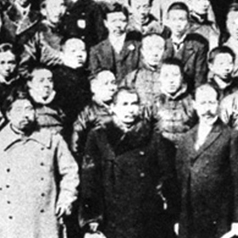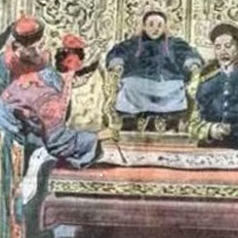
Establishment of the Republic of China (1912)
The Establishment of the Republic of China: an Overview
On 10 October 1911, the Xinhai Revolution erupted. On 1 January 1912, Sun Yat-sen was inaugurated as the provisional president in Nanjing and officially proclaimed the birth of the Republic of China. However, to prevent the division of the nation by civil war, and to ensure the abdication of the Qing emperor, Sun ceded his position to Yuan Shikai. On 12 February 1912, Emperor Xuantong abdicated, putting an end to the Qing dynasty. China began to transform from a monarchy to a republic.
The Establishment of the Republic of China: an Overview
On 10 October 1911, the Xinhai Revolution erupted. On 1 January 1912, Sun Yat-sen was inaugurated as the provisional president in Nanjing and officially proclaimed the birth of the Republic of China. However, to prevent the division of the nation by civil war, and to ensure the abdication of the Qing emperor, Sun ceded his position to Yuan Shikai. On 12 February 1912, Emperor Xuantong abdicated, putting an end to the Qing dynasty. China began to transform from a monarchy to a republic.
(1) The Establishment of the Republic of China with Sun Yat-sen as the Provisional President
The 1911 Xinhai Revolution was well-received by the whole nation. On 1 January 1912, the Republic of China was officially established and Sun Yat-sen became its provisional president. It thus began China’s republican era.
(2) The North-South Peace Conference and Yuan Shikai’s Ascendancy as the Provisional President
After the Wuchang Uprising, the Qing government tasked Yuan Shikai with suppressing the revolution. Yuan then manipulated the two parties to his own advantage. The North-South Peace Conference later commenced, which led to Sun Yat-sen’s resignation and Yuan’s ascendancy as the provisional president.
(3) The Abdication of the Qing Emperor and the End of the Chinese Monarchy
The Qing government did not give up its rule immediately after the Xinhai Revolution. However, the Qing emperor eventually abdicated on 12 February 1912 under the pressure from all sides. It brought Chinese monarchy of more than 2,000 years old to an end.






